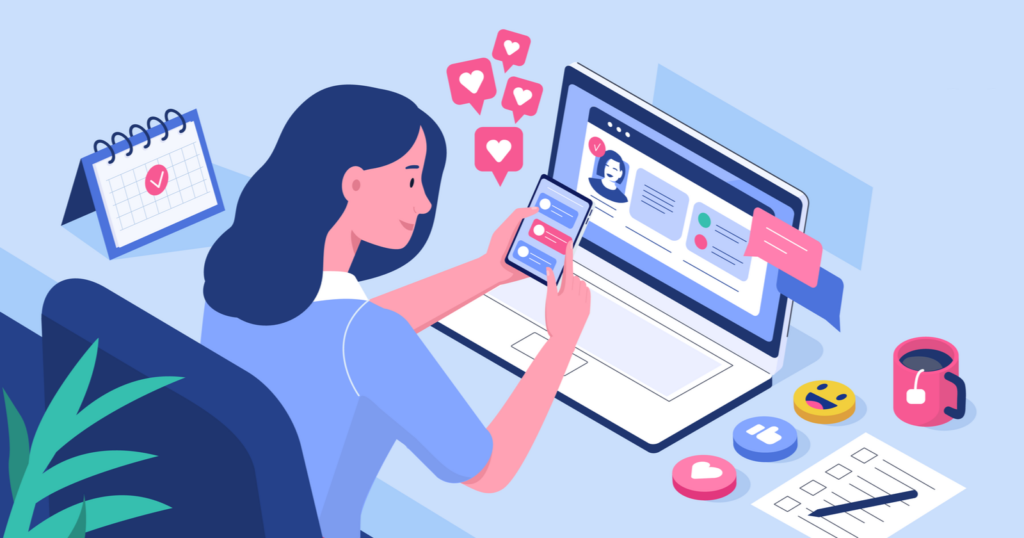
Networking as a student
Over the last decade, social media has developed extensively. Today, most platforms can be used as a tool to develop personal and professional networks. There has been a generational boom of people not only using social media to connect with their friends and family but also with other professionals. More accurately, it is common for people use these apps for employment purposes and to generate income. Examples of this can include brands and companies that provide paid sponsorships to influencers as well as apps that allocate a direct salary to users that create traction on the platforms. Furthermore, have noticed a large movement in people growing their networks on social media through repeated activity and outreach with the hopes of creating themselves a profitable brand.
Not only can we see social media users apply networking strategies to empower their online portfolios, but there are certain online apps that are designated towards establishing networks and career building. LinkedIn first comes to mind when reflecting on a platform that is geared towards networking opportunities. People use this platform to connect with professionals/colleagues, increase work relationships, job search, and discuss business ideas. Twitter and Threads are also popular platforms that allow people to connect with one another, participate in discussions, and share their thoughts and opinions. Other platforms that I have discovered more recently when stepping into the work industry are Slack and Discord, which both target students to engage in group dialogue while connecting with peers who share similar interests. In general, the majority of social media platforms are designed to facilitate networking and can be used to enhance one’s professional prospects.
Data Privacy and Security
Data privacy and security can both limit and promote Personal Learning Networks (PLN). While data privacy may limit the information one can access on the web, it also ensures that personal information remains confidential. More specifically, privacy concerns and regulations have the potential of monitoring and censoring information from certain audiences. As a result, people’s perceptions may become partial to the information that is displayed on the web. On the other hand, security measures can promote user trust and confidence that their personal information will not be dispersed openly. Strong protection mechanisms can safeguard against cyber threats and ensure ethical use of data, while also verifying that guidelines are met. Hence, acknowledging the two sides of data privacy and security is essential for obtaining a clear understanding of the expectations attached to social media.
Digital Identity
You create digital identity within a network whenever you share/participate on social media. This can be intentional (when hoping to project and impression or declare a statement) or unintentional (when mindlessly liking pictures and commenting on posts). This identity then has the potential to impact not only your online reputation, but also your professional opportunities. Moreover, one must recognize that having an online presence opens the doors for the possibilities and risks associated with their technological activity.
Growing up, I recognized that whatever I posted on the web could remain in the online servers and get traced back to me. Hence, I have stayed cautious with my online activity and would not feel too threatened if an employer assessed my digital identity. This being said, there is more to someone than their digital identity and I believe that it important to meet an individual in person before judging them based on their online activity.
References
The Digital Visitor and Resident Continuum White. D. (2017). V and R Mapping.
http://daveowhite.com/vandr/vr-mapping/
What is a Visitor/ Resident?
http://experimental.worldcat.org/vandrmapping/assets/documents/VRAMappingInstructions.pdf
Leave a Reply